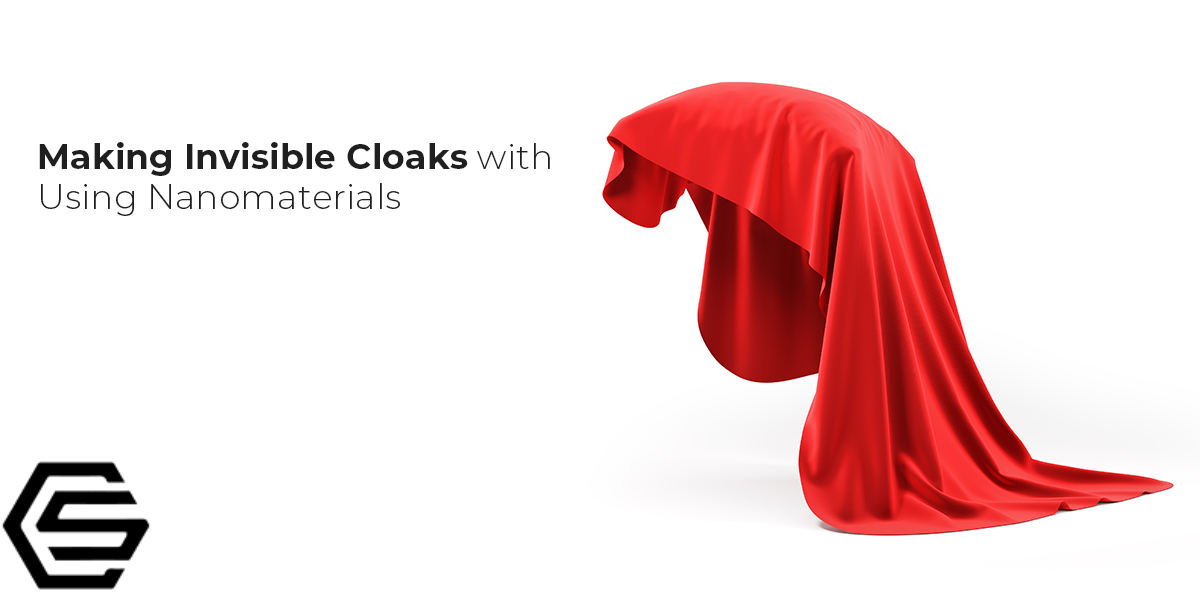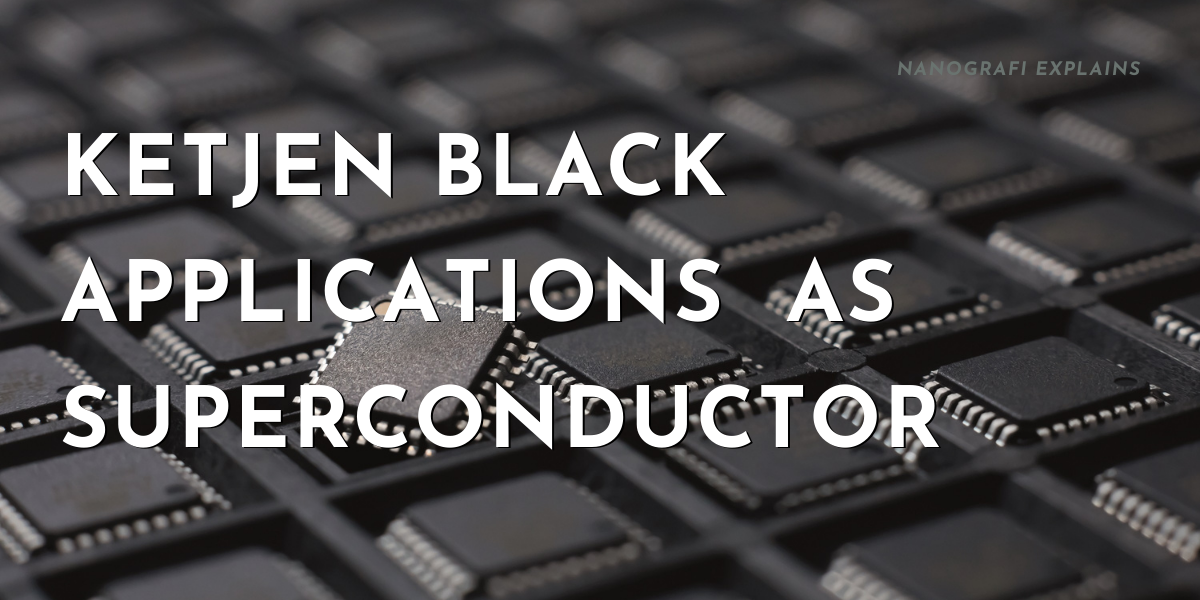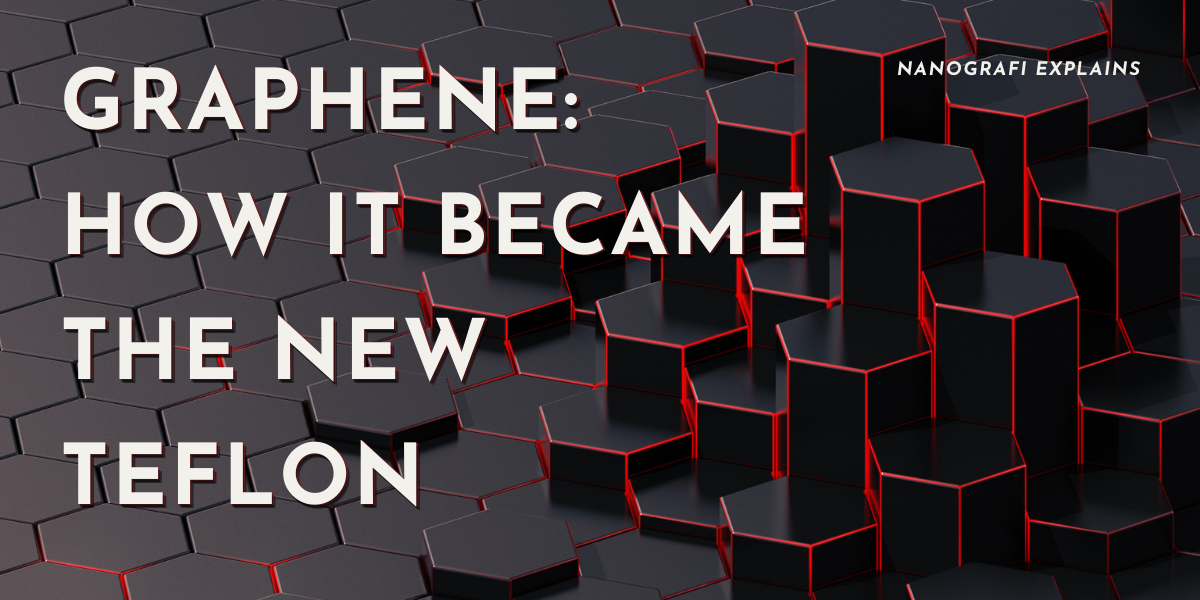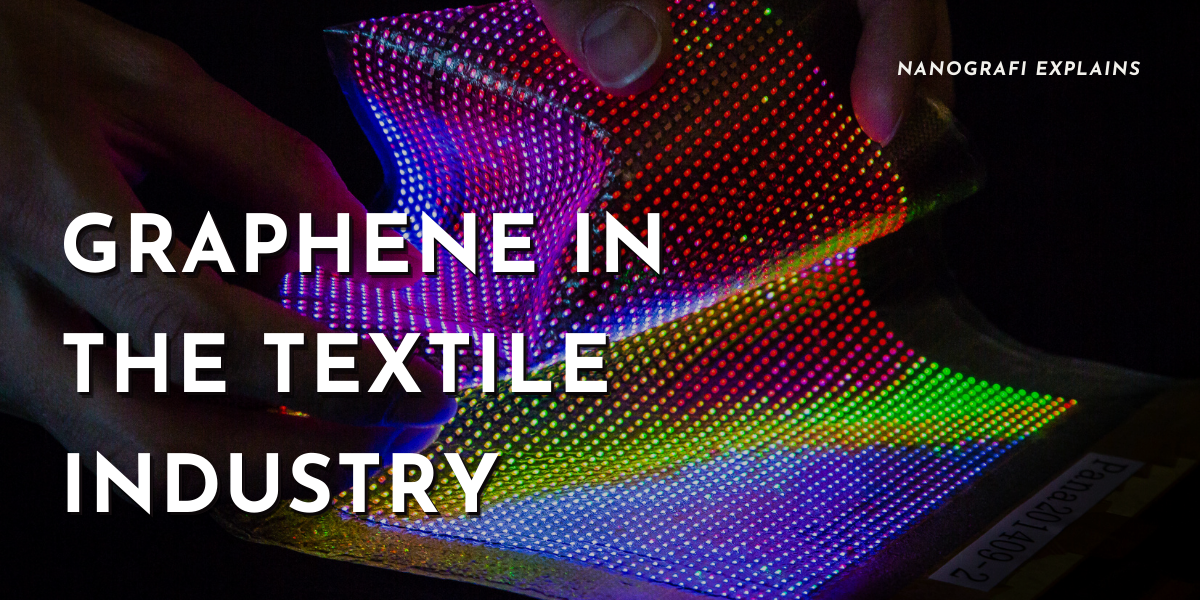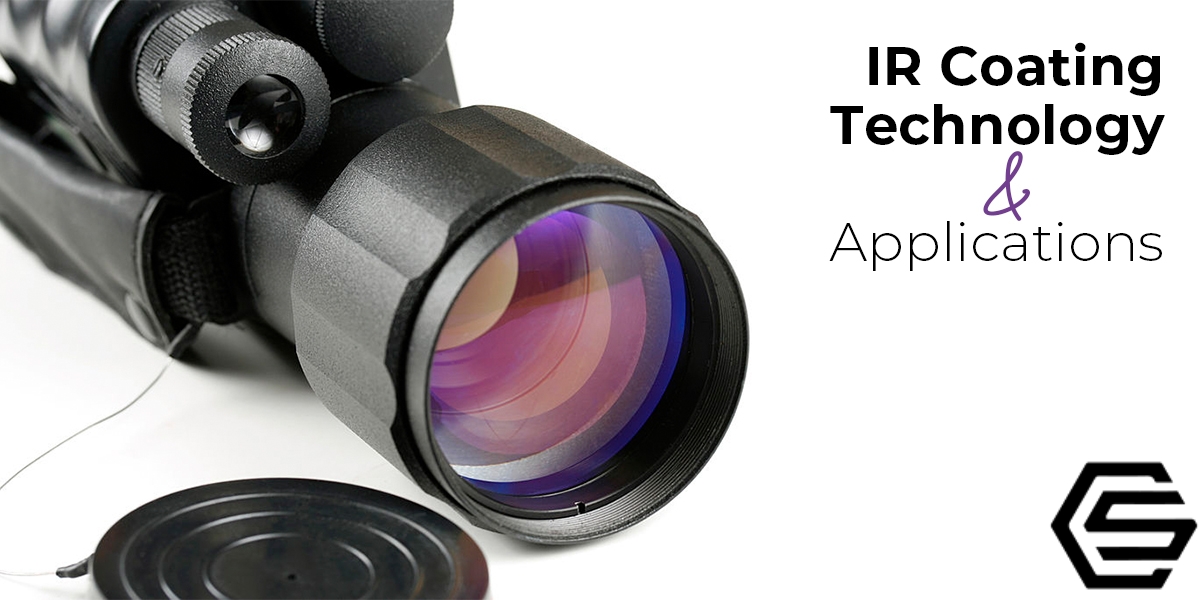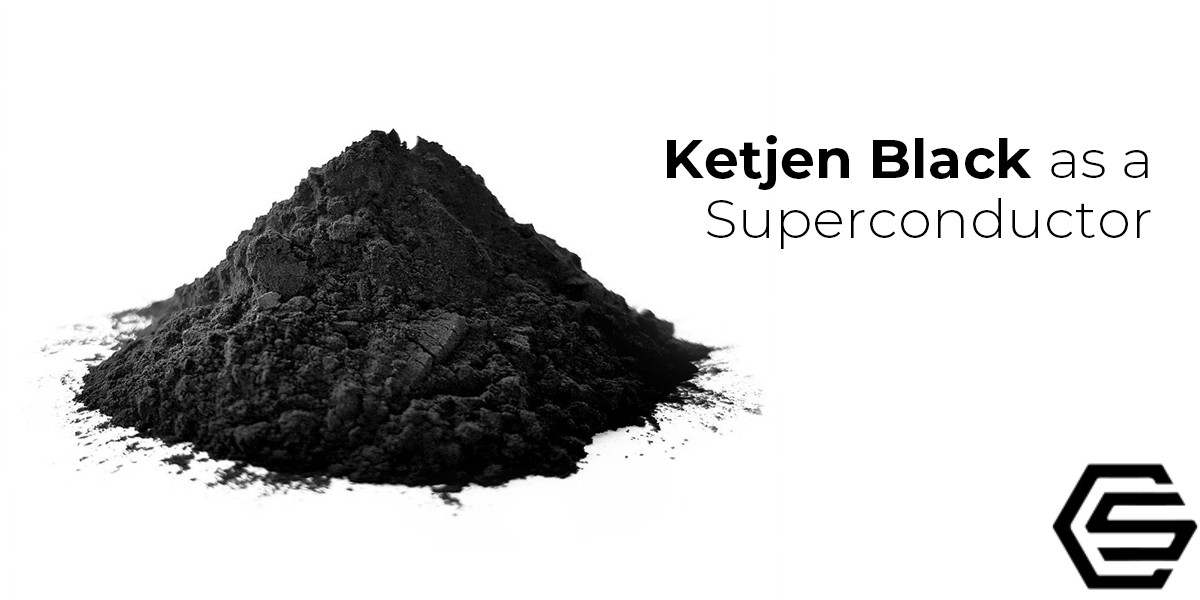Unveiling the Nanoscale Quest for Invisibility
In the annals of human imagination, the concept of invisibility has perennially captivated minds, weaving its ethereal allure through myths, legends, and fictional narratives. It has emerged as a beacon of fascination, an embodiment of the seemingly unattainable, relegating its pursuit to the realms of speculative fantasy. Yet, within the tapestry of scientific inquiry and the mosaic of nanotechnology, this elusive dream is undergoing a metamorphosis—a transformation from whimsical conjecture to a tangible pursuit on the precipice of reality. At the cusp of the nanoscale, where the laws of physics manifest in bewildering ways, lies a fertile ground for unprecedented innovation. Here, materials defy their conventional constraints, morphing into enigmatic entities capable of confounding traditional understanding. This infinitesimal domain has unveiled the remarkable potential to manipulate light, the cornerstone of perceiving our world. It is within this ethereal dance of photons that the burgeoning field of nanomaterials orchestrates its symphony—the orchestration of light waves to realize the audacious ambition of invisibility.
The tantalizing prospect of fashioning invisibility cloaks—a feat once confined to the whims of storytellers and fiction—now stands on the precipice of plausibility. The nano-realm, with its array of meticulously crafted materials and structures, offers a glimpse into a future where the manipulation of light heralds the dawn of transformative applications. Here, the juxtaposition of metamaterials, carbon nanotubes, graphene, and plasmonic nanomaterials such as silver and gold nanoparticles not only challenges the conventional boundaries of material science but also unravels an enthralling narrative—a narrative that transcends fantasy to rewrite the very fabric of reality. In this compelling saga of scientific endeavor, the pursuit of invisibility emerges not merely as an indulgence in speculative conjecture, but as a testament to human ingenuity and the insatiable quest to unravel the mysteries of the universe. As we traverse this labyrinthine journey at the nexus of nanotechnology and light manipulation, the horizon expands, revealing vistas of potential applications and ethical contemplations that stretch far beyond the confines of mere invisibility. It is within this landscape of innovation and ethical contemplation that the alchemy of invisibility with nanomaterials unfolds—a saga of wonder, challenges, and ethical deliberations poised to reshape the boundaries of what was once deemed impossible.

Figure 1. Metasurface cloak with nanoantenna creates a mirror-like light reflection on an object.
Achieving Invisibility with Nanomaterials
Metamaterials
Metamaterials, meticulously engineered at the nano level, stand as titans in the quest for invisibility. These tailored structures possess exotic electromagnetic properties that defy the constraints of conventional materials. Through precise design and arrangement of nanostructures, scientists orchestrate these metamaterials to warp and control light, steering it around objects to render them invisible to the observer.
Carbon Nanotubes and Nanofibers
Carbon-based nanomaterials, such as carbon nanotubes and carbon nanofibers, bear testament to the extraordinary capabilities intrinsic to nanostructures. Their robustness, coupled with exceptional optical properties, serve as beacons in the pursuit of invisibility. Integrating these nanostructures into composite materials or coatings presents a path toward guiding and manipulating light, thus contributing to the realization of practical invisibility applications.
Within the pantheon of nanomaterials, carbon-based structures, particularly nanotubes and nanofibers, stand as exemplars of nano-engineering ingenuity. These cylindrical formations, crafted from interconnected carbon atoms at the nanoscale, embody unparalleled strength, flexibility, and a plethora of exceptional properties.
Extraordinary Structural Resilience
Carbon nanotubes, with their atomic-scale structure akin to a rolled-up sheet of graphene, manifest as robust entities, offering tensile strength unmatched by conventional materials. Their inherent mechanical resilience arises from the strong covalent bonds between carbon atoms, bestowing upon them a remarkable ability to withstand immense pressures and strains.
Optical Prowess and Exceptional Conductivity
Beyond their structural fortitude, carbon nanotubes exhibit unique optical properties and electrical conductivity. These properties, stemming from their nanostructure and electronic configurations, make them invaluable candidates for a myriad of applications, ranging from electronics to materials science and beyond.
Are you interested in exploring the historical background and key characteristics of carbon nanotubes? Learn now!
Integration into Composite Materials
The integration of carbon nanotubes and nanofibers into composite materials has sparked considerable interest in the realm of invisibility research. Their nanostructural potential allows for the development of coatings and films capable of manipulating light at the nanoscale. By orchestrating the behavior of light waves, these composite materials endeavor to guide light around objects, inching closer to the realization of practical invisibility applications.
Nano structural Customization
Researchers explore various methodologies to customize the structure and properties of carbon nanotubes and nanofibers. These include altering their chirality, diameter, and length—factors that significantly influence their optical and mechanical characteristics. Tailoring these properties holds the promise of further enhancing their capabilities in light manipulation for invisibility applications. The integration and exploitation of carbon nanotubes and nanofibers in the quest for invisibility stand as a testament to the symbiotic relationship between nanostructural engineering and the manipulation of light. As researchers delve deeper into harnessing their nanostructural potentials, the tantalizing horizon of applications, spanning from advanced cloaking technologies to multifaceted industrial and biomedical uses, continues to unfold—ushering in an era where the seemingly intangible becomes a tangible reality crafted at the nanoscale.
To learn the best way to use carbon nanotubes in industry, read blog.
Graphene
Graphene, a monolayer of carbon atoms arranged in a two-dimensional lattice, emerges as a paradigm in nanomaterial innovation. Its transparency, remarkable mechanical strength, and unparalleled electrical conductivity offer a canvas for transformative advances in manipulating light. Incorporating graphene into metamaterial architectures unveils possibilities for dynamic light control across a broad spectrum, propelling the evolution of cloaking technologies.
Challenges and ongoing research in the field of graphene's applications continue, despite its remarkable properties. Large-scale production and integration into practical applications remain challenging, with researchers actively exploring methodologies for scalable fabrication and precise manipulation of graphene's properties. This is key to unlocking its full potential in various industries, including cloaking technology.
Concurrently, innovation through nanostructuring is being pursued. Techniques to modify graphene's properties further are under investigation, involving the engineering of graphene into various shapes, creating graphene-based composites, and combining it with other materials. These efforts aim to enhance graphene's functionalities, opening new frontiers in light manipulation and a range of applications.
Plasmonic Nanomaterials: Tapping into Electromagnetic Phenomena
Plasmonic nanomaterials, harnessing the unique behavior of surface plasmons, present a paradigm shift in invisibility research. These materials, often composed of noble metals at the nanoscale, interact profoundly with electromagnetic waves. This interaction facilitates the manipulation and redirection of light, opening new avenues for concealing objects or controlling their visibility.
Plasmonic nanomaterials offer intriguing prospects in the quest for invisibility cloaks. The control over light waves they afford, particularly at the nanoscale, allows for the manipulation of light around objects, potentially concealing or altering their appearance. Integrating these materials into metamaterial architectures or coatings presents possibilities for achieving unconventional light manipulation for cloaking applications.
In addition, challenges persist in the widespread implementation of plasmonic nanomaterials, including issues related to fabrication scalability, stability, and integration into practical devices. Researchers are exploring novel fabrication techniques and material combinations to overcome these hurdles and harness the full potential of plasmonic nanomaterials in various applications, including cloaking technologies.
Diverse Applications of Nanomaterial-Enabled Cloaking
Biomedical Ingenuity
The integration of nanomaterial-enabled cloaking extends its reach into biomedical realms. Manipulating light at the nanoscale offers avenues for concealing microscopic entities during medical procedures, enhancing diagnostic imaging, or facilitating targeted drug delivery, thus charting a path for groundbreaking advancements in healthcare.
Environmental and Architectural Integration
Invisible to the human eye but perceptible in practical applications, nanomaterial-based cloaking holds promise in environmental adaptation and architectural integration. Coatings or structures employing nanomaterials could revolutionize energy efficiency, environmental adaptation, and even aesthetic aspects in infrastructure design.
Technical hurdles persist on the road to perfecting nanomaterial-based invisibility cloaks. Overcoming challenges in scalable fabrication, ensuring durability in real-world applications, and achieving operational consistency across diverse wavelengths stand as formidable obstacles requiring sustained innovation and research.
In addition, the ascent of invisibility technology prompts contemplation on ethical fronts. Safeguarding privacy, averting potential misuse in surveillance or espionage, and addressing the ethical quandaries surrounding the deliberate concealment of objects or individuals demand the establishment of comprehensive ethical frameworks and regulatory measures.


